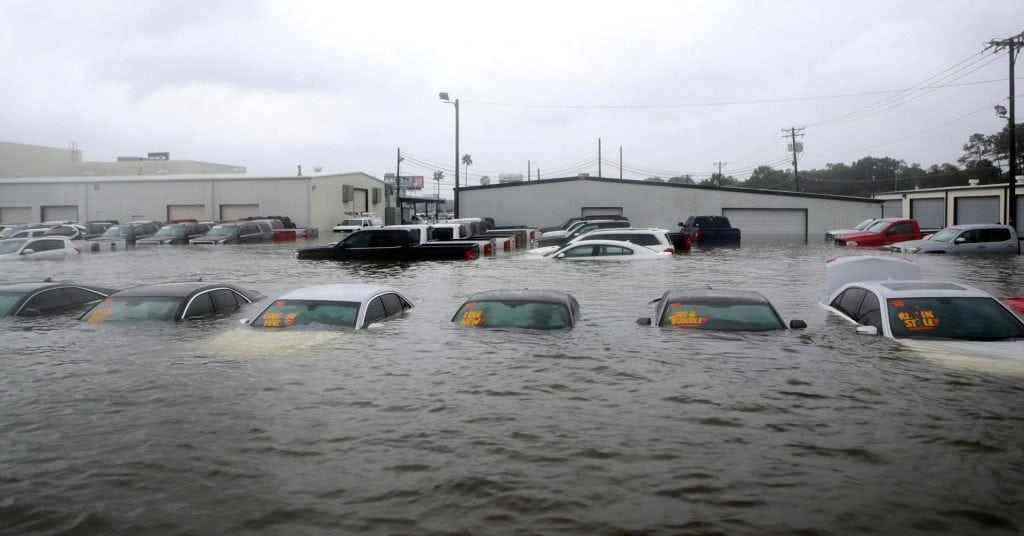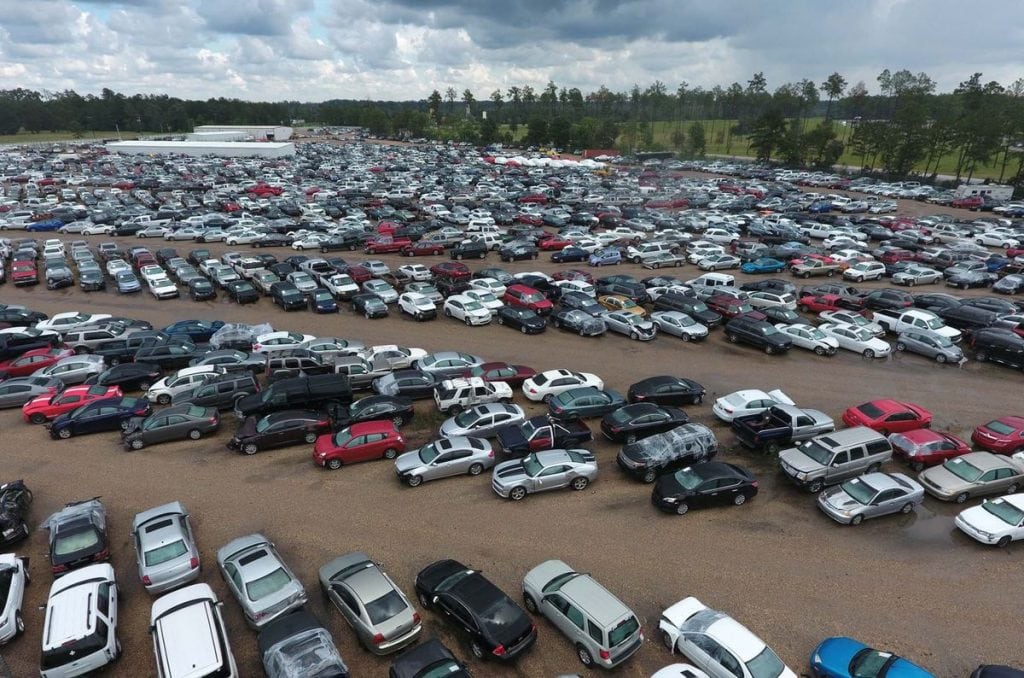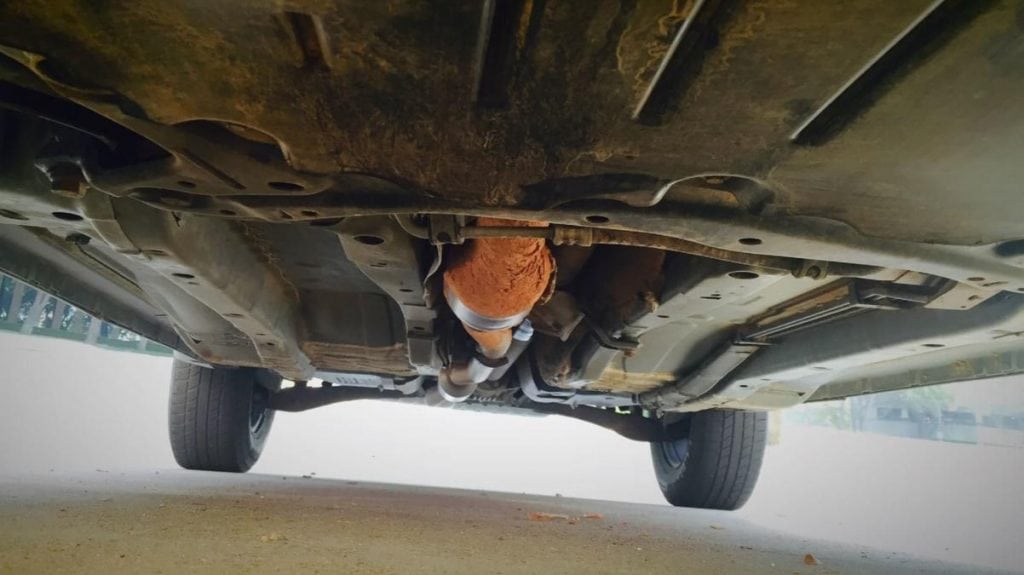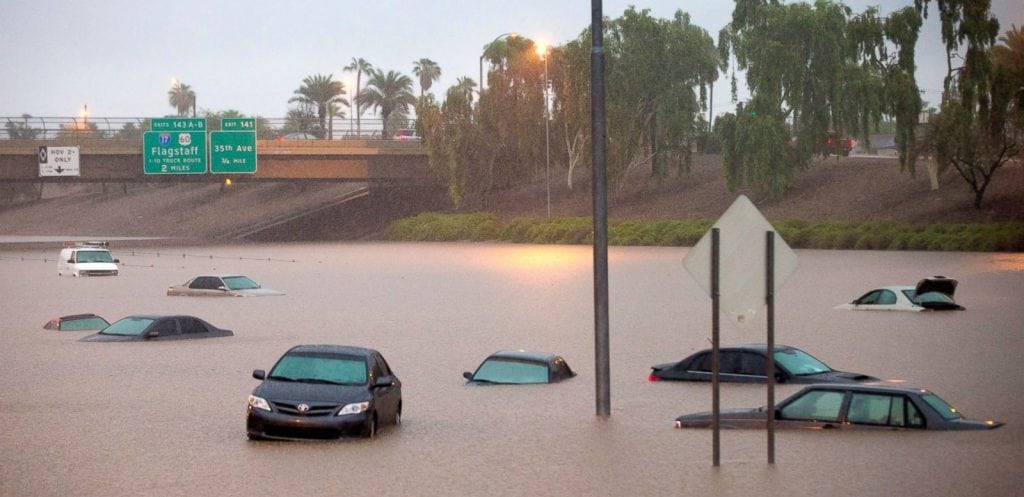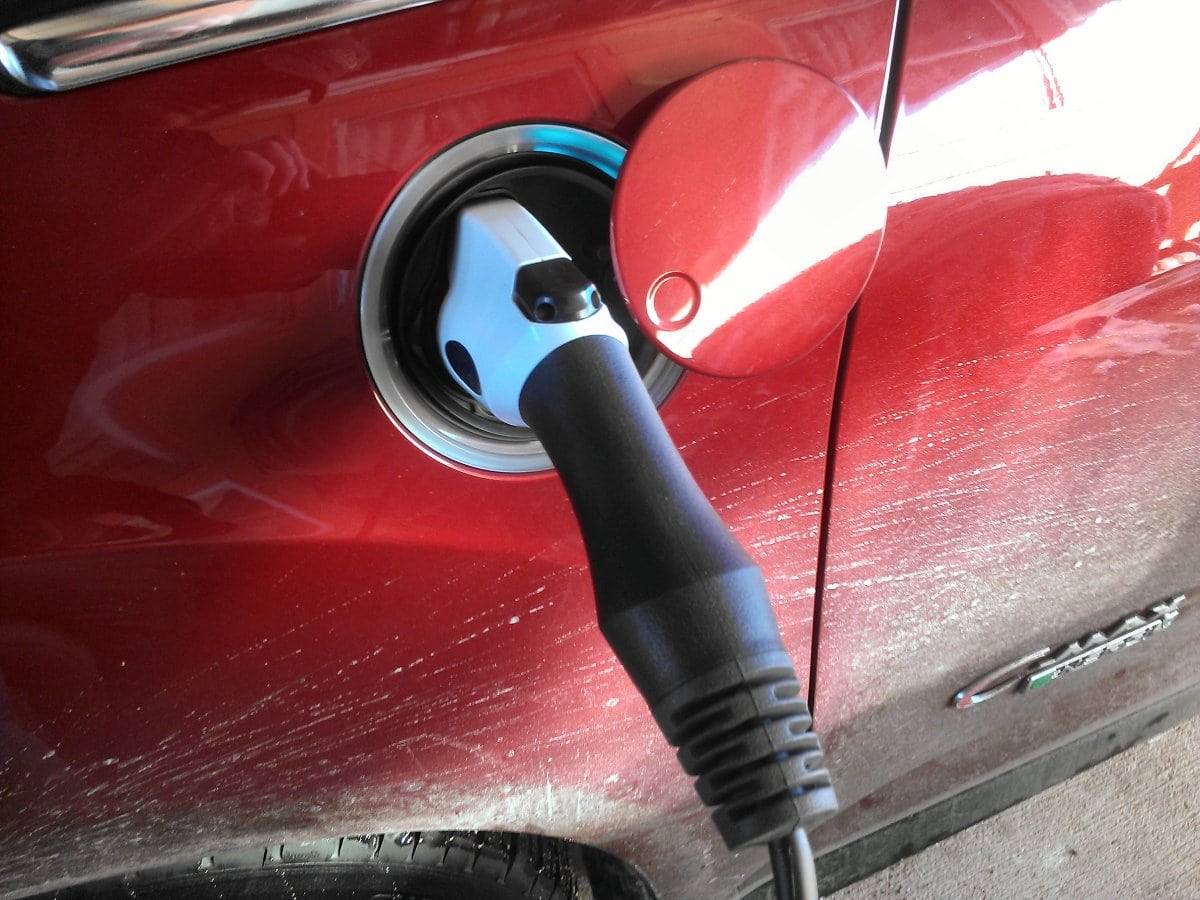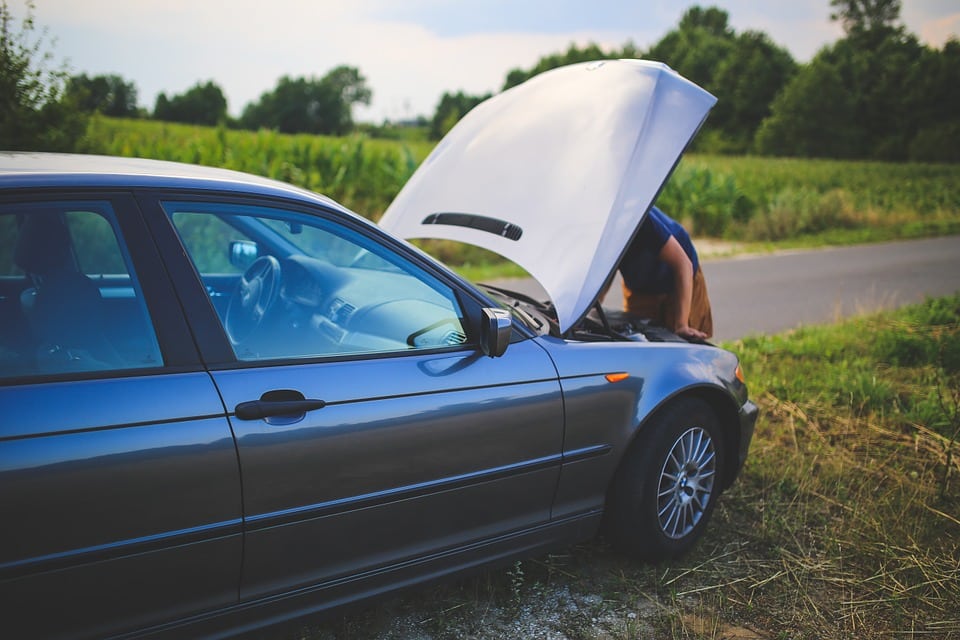Buying a used car can be a great way to save money and get your hands on a reliable vehicle, but do you really know where that car has been and everything that’s happened to it before you got the keys? With all the massive flooding in Houston after Hurricane Harvey, it’s possible that a massive number of flood-damaged cars will be hitting the market in the coming months. How can you spot a flood car, even if the seller has taken steps to hide it?
Check the Vehicle History
Your first step should be to check the car’s history. You can do this on sites like CarFax — they’ll do a flood check on the car’s title for free, but this is often only useful if the previous owner chose to report flood damage.
Another thing to look for is where the car was registered — if it was registered in a certain area during the time of a large flood, it’s time to start looking elsewhere. The car itself may not have been damaged — more than a few people kept their cars safe with lifts, blocks and the upper levels of parking garages — but it’s not worth the risk.
Use Your Nose
A flood car will usually have a musty or moldy smell due to water damage to the upholstery and carpeting. If the car reeks of air freshener or cleaning solution, or you’re looking at an older car with brand-new upholstery or carpeting, be wary — the seller may be trying to cover the smell or hiding the flood damage by replacing the upholstery.
Turn on the air conditioner — that’s much harder to clean and will likely have that same moldy smell if the car is flood-damaged.
Get Under It
Take the time to inspect the undercarriage. A lot of sellers trying to push flood cars onto the market might not take the time to inspect the underside of the car, and it can be a font of information. Keep an eye out for:
- Rust — Rusting or flaking that doesn’t appear on the rest of the car could be indicative of flood damage. Also, look for new metal finishing that might be hiding rust or flood damage, especially on areas that would have been underwater.
- Water lines — Have you ever seen a flood line on a tree or building after the water recedes? Unless your seller has washed the undercarriage of the car, these waterlines might still be present on the undercarriage.
- Dirt — Flood waters carry debris that can get lodged in the undercarriage and around engine parts like the starter, alternator or in and behind wiring harnesses.
Look for Water
Water damage might not be obvious on the outside of a car, but cars are not inherently watertight, so there are places where you might see water that might have been overlooked.
Check headlights and turn signals for signs of flooding or fogging. If they’re full of water, chances are the rest of the car was, too.
Even if the car looks perfectly fine, it will start to fail after being submerged in water. If you’re buying a car on a salvage, junk or flood title, you know exactly what you’re getting into. If you’re trying to buy a used car that’s definitely flood-damaged — or you even suspect it is — and someone’s trying to sell it as if it wasn’t, make sure you report them to local insurance agencies or law enforcement. Selling title-washed flood cars is illegal, so make sure you protect yourself.




